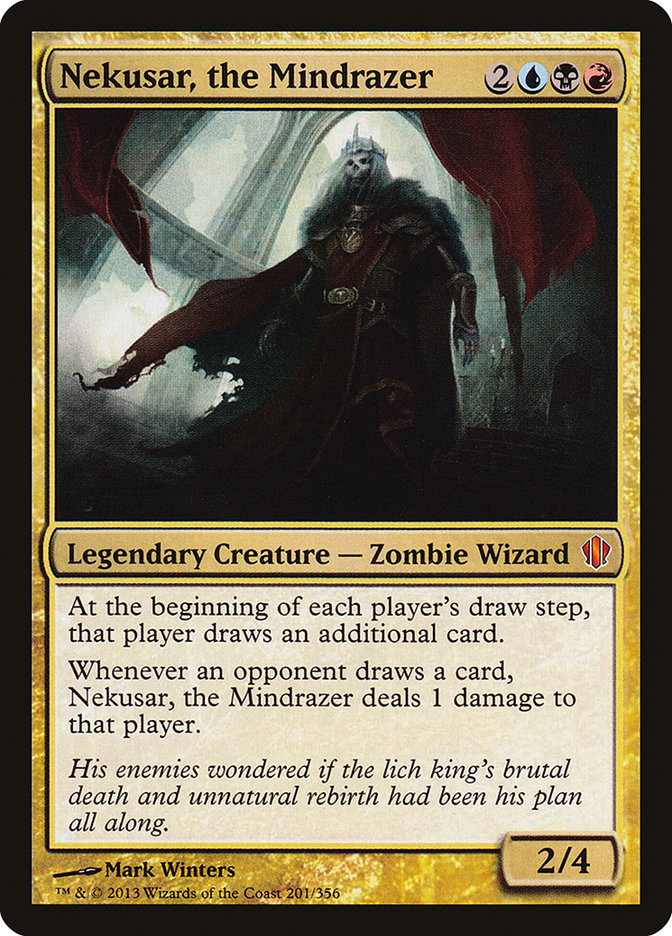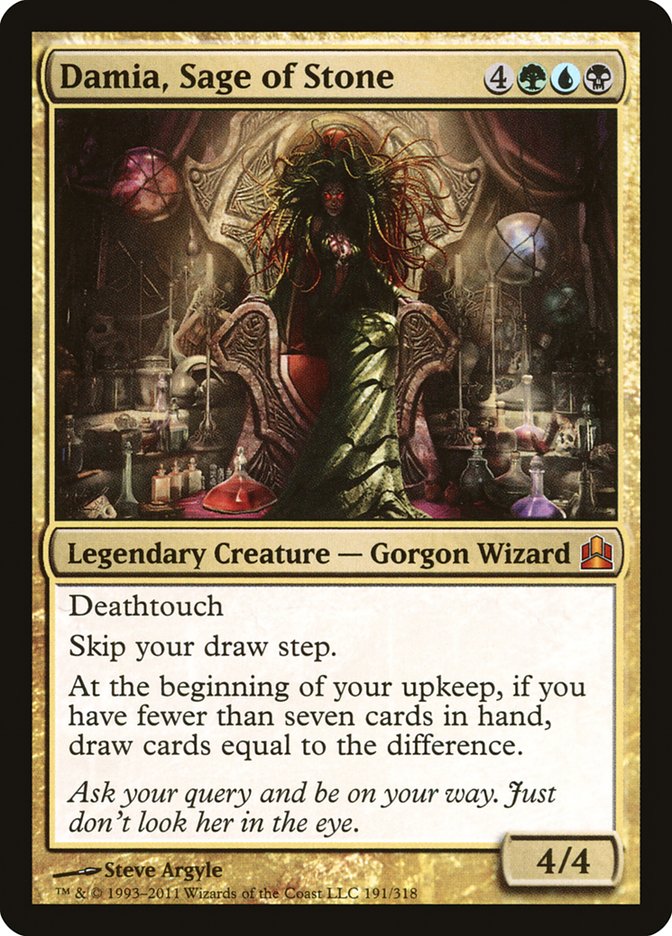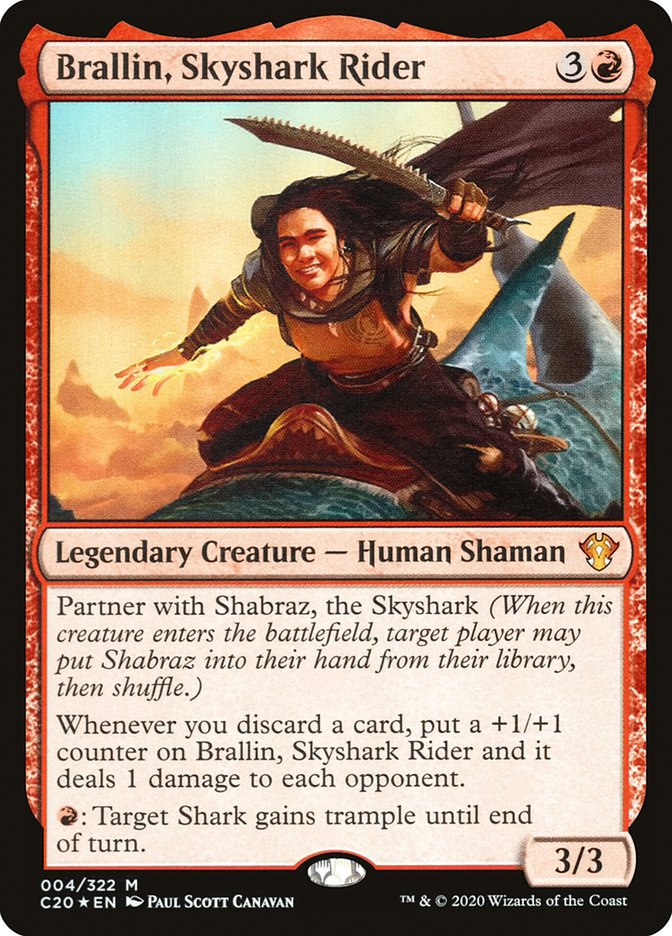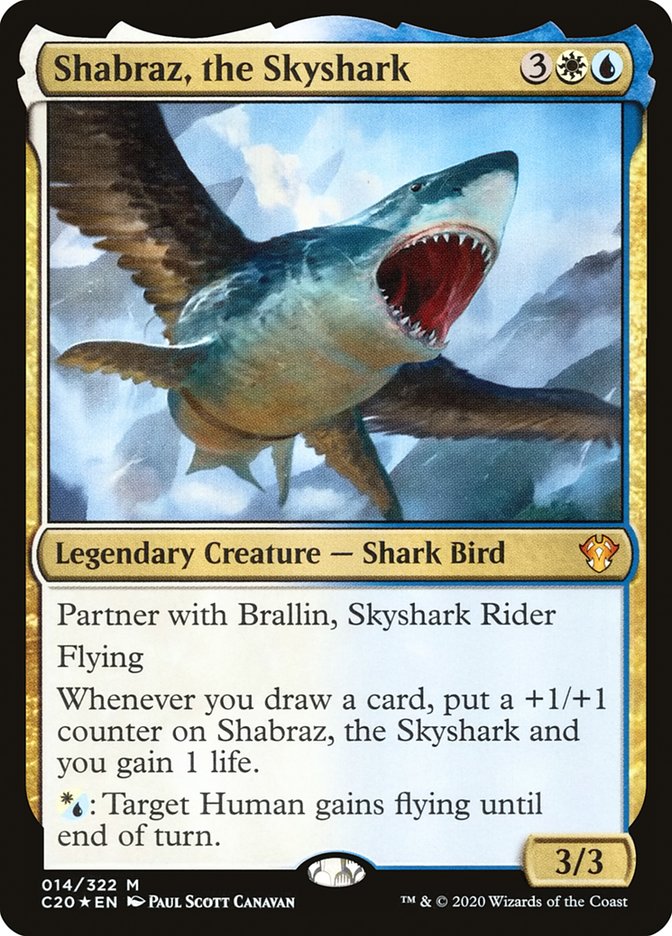“Magictating” is defined as getting into the zone with your Magic the Gathering collection--thinking, planning, organizing, reminiscing about past games, and imagining future games. It is a combination of hard thinking about the game and calm meditation, reveling in the joy it brings you.
This is the third installment of this series. If you haven’t read the other two yet, and you’d like to know more about the basic theory or get a list to start off with, then I invite you to check those out first. In this article I’m going to help you decide on what archetypes you should consider building into your cube. This probably seems obvious at this point, but I’m going to assume you want to build archetypes into your cube. You could build your cube any way you want, but if you’re here reading this, then I’m going to assume you want my take on it. So, I’m going to say that my take is based on lots and lots of cube drafting with friends, and then trying to build my cube to meet our collective desires. My play group is easy to design for, as we want what most players want from Commander—big plays, big turns, big swings, and up and down and all-around game play. Essentially, we want a casual and fun experience amongst friends. We want fair and balanced play between decks, but we would like to avoid imbalanced or lop-sided games. So, with this in mind, I’m going to offer up a thought process on how to select your archetypes to support.
Commander Enabled vs. Commander Required




Now, if you want to make a wheel deck a thing in your cube, then you’ll need to be supplying the cube with at least 20+ cards to saturate the archetype and that obviously supports it using wheels in your deck. Now, if you wanted to have Commanders available to this you might pick something like Nekusar the Mindrazer, or Damia, Sage of Stone, or even Brallin, Skyshark Rider with Shabraz, the Skyshark. Now, while I think Nekusar might be a solid choice I have some issues with these other two. Nekusar enables people to play three colors (Grixis), and all of those colors are friendly with the ideas of drawing cards, wheeling, and making people discards cards as well. Really, Nekusar is a great card to help enable a wheel deck. Meanwhile, Damai is a card that might be required to make a certain type of deck work, but it doesn’t really support the correct colors for enabling a wheel archetype. Now, when we turn to the partnered commanders we end up with what I like to think of as a Commander that is required to make an archetype work. While Nekusar enables the wheel archetype and can be a payoff for it, Brallin and Shabraz don’t really do that. Shabraz is blue and white (Azorius) and by lacking red doesn’t really enable the wheel deck. If anything, Shabraz and Brallin demand that you draft both them, and a wheel deck to make them work the way they need to. Without enough wheel effects you have a deck with a commander(s) that lacks impact because they lack the deck they desire you to design. Sure, they are fine, but they clearly point in a clear direction. Do they actively create different archetypes? Maybe, but nothing that’s particularly worth it. Ultimately, a wheel archetype is a bit silly and probably not something I would honestly ever try to build into my cube. However, as we can see, it helps to highlight how some commanders enable archetypes like Nekusar, while others don’t enable it well enough like Damia, and still others can fall flat due to restrictions and the need for more colors like the partners Brallin and Shabraz. Now that we’ve dipped our toes into these waters, let’s dive into a more serious example.
Choosing the Best Cube Archetypes

Multiple Choice - Campbell White
Selecting the best archetypes might sound fairly easy. Simply google, “Best Commander Cube Draft Archetypes” or perhaps dig through reddit threads? Don’t bother. I’ve got the answers to your question right here in this very paragraph. Pick the archetypes you and your friends most enjoy playing. That’s it. It is that simple. You can balance those archetypes out for power and saturation later on. This could possibly eliminate potential archetypes based on what cards you have available, and how building out the card pool shakes out. I’m betting most people won’t have enough cards available (Timetwister and Wheel of Fortune) to build out the previously mentioned wheels archetype. Yet, don’t worry about that for now, instead focus on what archetypes are the most fun to play. If you’ve ever drafted Commander Legends or Commander Legends Baldur’s Gate or Conspiracy, or even Battle Bond, then you have some experience with multi-player drafting. The decisions people make are different, but they’re still based in one simple draft philosophy—build a deck that works. Honestly, those sets were all very fun to draft, so I’m inclined to look back at them to get some inspiration for what archetypes would be especially fun to play. Let’s walk through a couple of these sets to see if there are some patterns that pop up.
Let’s look at what Commander Legends offers up:
Red-Green “Power Matters”
White-Green +1/+1 counters
White-Black Tokens
Blue-Red Pirates
Black-Green Elves
White-Red Equipment Auras
Blue-Green Cascade and “CMC 6+ Matters”
White-Blue Fliers
Blue-Black Self-Mill and Encore
That’s a decent list, but I’m inclined to immediately remove several of these from contention for my own cubes. Namely, I find that tribal decks tend to be a bit overly simplistic to draft—pick all the zombies you can and it should work out. I really do like to reward people for thinking while drafting. Heck, even if it’s just thinking about which blue or red card they need to choose from for their two-color deck. Using this type of criteria also helps you when building your cube. The more restrictions you can create, then the easier it is to select the best 500 cards to use from the over 20,000 unique cards available. Now, while I’m a bit averse to creature types, I’m also a bit averse to set-specific archetypes like cascade and encore since those aren’t particularly deep archetypes. Things like this tend to only be something that has a history in one set or maybe two, so the depth of this archetype might pale in comparison to something like “Equipment and Auras” that’ve been supported by multiple sets across decades of development. When you’re building a cube you want to have a good depth of selection across all your potential archetypes. We’ll circle back to this concept after we look at a few other archetypes from Commander Legends Baldur’s Gate.
White-Blue: Flicker
Green-White: Tokens
White-Black: Leaves the Battlefield Matters
Red-White: Attack Matters
Blue-Black: Initiative
Blue-Red: Adventures
Green-Blue: Dragons Matter
Black-Red: Sacrifice and Treasure
Black-Green: Graveyard Shenanigans
Red-Green: Dragons and Power
Baldur’s Gate has some dragon tribal themes going, and while I’m inclined to disregard tribal archetypes, I’d be remiss if I didn’t mention how dragons have been one of the longest supported and most beloved tribes of all time. The Commander format was originally named after Elder Dragons after all, so it would be silly to completely eliminate it based on potential tribal issues. However, I do like the idea of it being linked with something like a power matters—then drafters don’t just cross their fingers and hope to open lots of dragons. Now, when we look at the rest of this list there are a few interesting things starting to pop up. I would be inclined to discount initiative and adventures as build-around archetypes, but if there were more sets that develop more cards within these archetypes, then I’m going to be taking a hard look at including them into the cube as a potential stand-alone or focused archetype. Let’s take a quick gander at Conspiracy’s archetypes.
Conspiracy (the original set):
White-Blue: Fliers and Tokens
White-Black: Everyone Except Me (make them all suffer)
White-Red: Defenders Unite! (draft Vent Sentinels and win)
White-Green: Tokens & Fast Fatties
Blue-Black: Reanimation Nation.
Blue-Red: Aggressive Tempo Time
Blue-Green: Calling all Caw-Blades
Black-Red: Kill em’ All!
Black-Green: Morbid is Morebetter
Red-Green: Frog-in-a-Blender
These conspiracy archetypes are actually all pretty exciting ways to draft multiplayer decks. This was a format that didn’t have commanders, so you know these archetypes will all work without a commander to enable them. Looking over the list I can’t help but be drawn to things like reanimation in blue-black and tokens in green-white. These types of archetypes have already been shown to be prominent ones in both these colors from the previously reviewed Commander draft sets. It shouldn’t be a surprise that these would both likely make excellent archetypes for our own Commander Cubes. I think at this point we can start to draw more conclusions about the types of archetypes we may wish to include in our cube. However, there’s yet another resource you can consult aside from your friend’s favorites and the most functional multiplayer draft sets: EDHREC. Now, I personally tend not to consult this site until after I’ve done most of my own brewing and building, but I do love using its aggregate numbers and raw data to help narrow ideas for cubes down to manageable amounts. One way to do this is to glance at the most popular archetypes. I don’t believe that just going with the most popular archetypes you’ll somehow land on the best ones for you and your playgroup, but it’s not a bad start if you’re struggling to get going. I’m not someone that believes the majority knows what’s right or that just because everyone else is doing it that it must be good or even acceptable. That’s bad reasoning. I don’t go in for bad reasoning. I do like to give every idea a chance, and I like to fairly evaluate each idea based on its merits, so I’ve done so here by looking into what the EDHREC community has landed on as their favorite (or at least most popular to build) archetypes.
I do go in for looking at something useful and learning something from it. The most popular archetypes for each two color combination are as follows:
White-Red: Equipment
White-Black: Lifegain
White-Green: +1/+1 Counters
White-Blue: Vehicles
Blue-Red: Spell Slinger
Blue-Black: Ninjutsu
Blue-Green: Tokens (though +1/+1 Counters are super close)
Black-Green: Lifegain
Red-Green: +1/+1 Counters
Black-Red: Treasure
This list is a bit helpful, but I think if you dig into it a little more and look at the second and third most popular ones you can start getting a better feel for what each color pair can do pretty darn well. While Ninjutsu is fine there’s a bit more to be had from zombie tokens, mill, and exile archetypes. The common thread amongst most of these archetypes is graveyard nonsense, so it can be extremely beneficial and a bit of a shortcut just looking at existing draft environments for inspiration—after all, we arrived at the graveyard theme by looking at two sets ourselves.

Choose Your Weapon - Olivier Bernard
Now, once you’ve landed on your archetypes to include you have to start building out your cube by actually selecting cards. This helps you focus your card selection and makes the entire process progress much more quickly. I don’t like to over-simplify the process, and I conversely wish not to over complicate it either. So, at this point when you select a card to include it in your cube you only really have to pick it based on if it will support an existing archetype in some way. I like to have the list of archetypes written out in front of me as I go through my boxes and binders and drawers. While picking out cards, don’t worry overly much about how many you are picking for each color, or what rarity those cards are. For now, you just want to make piles in each color and select cards that support your chosen archetypes. As you go through your collection you’ll stumble across cards that play roles in each of these archetypes, and that’s what’s going to make this an absolute blast. If you find some legendary creatures that fit well into these molds, then toss them into the stacks as well. I’ll outline how to weed out the chaff in the next installment. We’ll be circling back to the idea of archetype saturation and I’ll be discussing multiple point cards. Until then, may your archetypes and card cubing selections and all the cards be ever in your favor!










